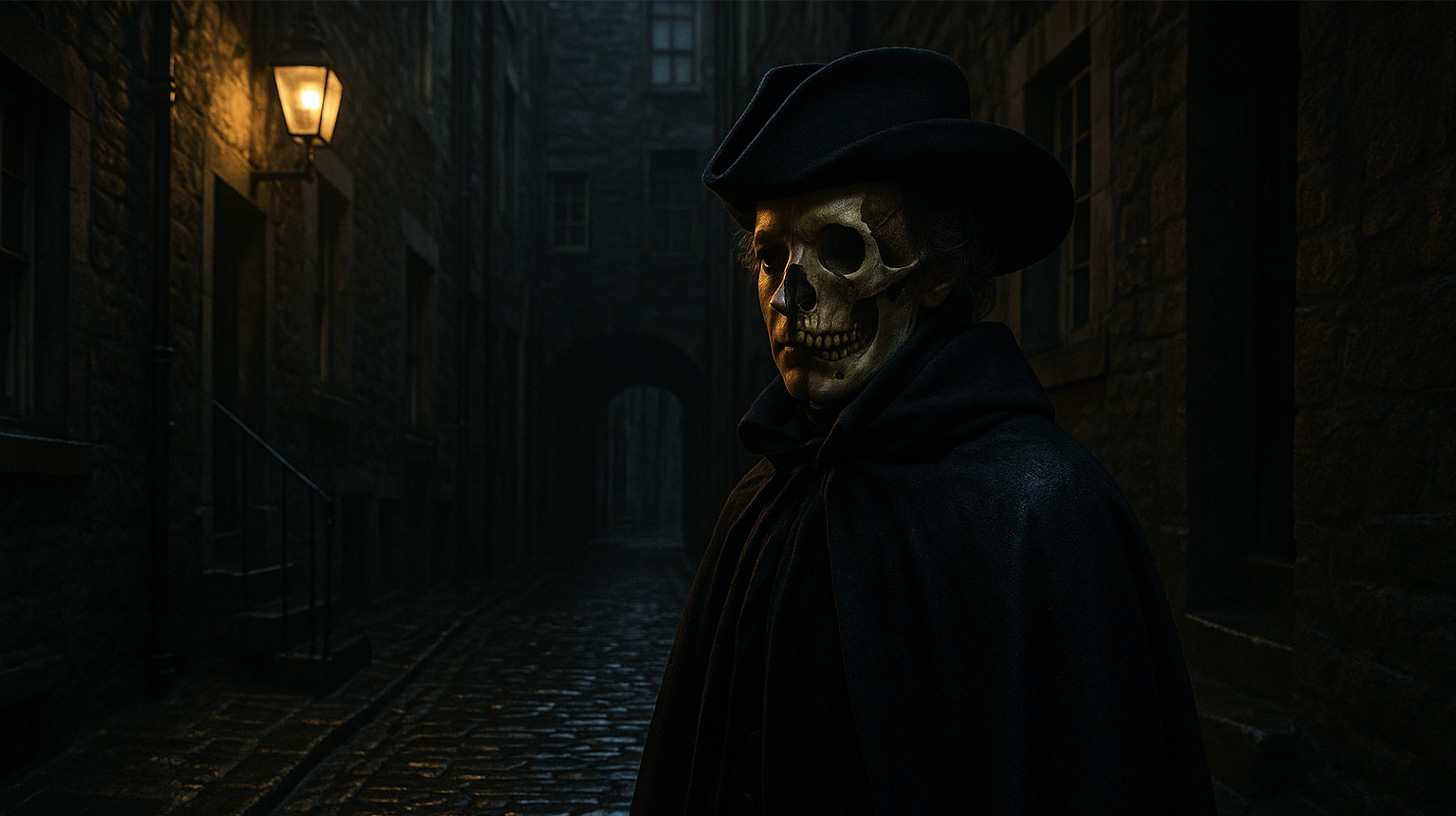
The True Story of Deacon Brodie
On Edinburgh’s Royal Mile, where cobbled closes wind like veins through centuries of history, shadows cling to the stones a little longer. The city is rich with tales of intrigue, crime, and legend — but few stories capture its gothic spirit better than that of William “Deacon” Brodie.
A man of contradictions, Brodie embodied the split between light and darkness: a respectable craftsman and civic leader by day, and a cunning burglar by night.
His scandalous double life shocked 18th-century Scotland, and long after his death, his tale became the direct inspiration for Robert Louis Stevenson’s Strange Case of Dr Jekyll and Mr Hyde.
To follow Brodie’s footsteps today is to walk the line between respectability and ruin — and to uncover the very roots of Edinburgh’s most famous dual identity.
Who Was The Real Deacon Brodie?
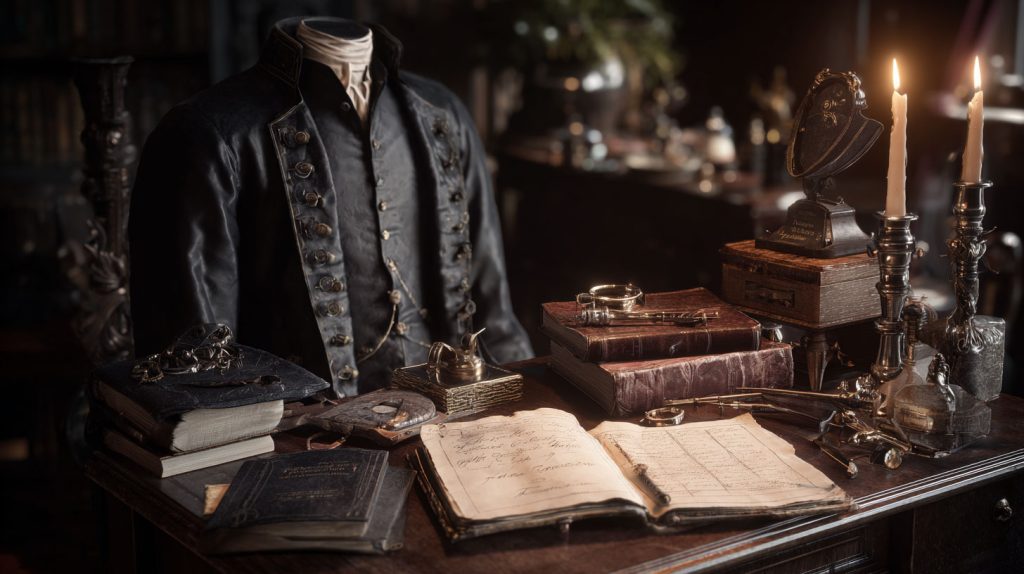
William Brodie was born in 1741 into privilege and prosperity. His father was a successful cabinet-maker, and young William inherited not just the family trade, but the keys — literally — to Edinburgh’s elite households.
His workshop on the Royal Mile produced fine furniture, cabinets, and security locks for the city’s wealthiest citizens.
By the early 1780s, Brodie’s reputation had soared. William was elected Deacon of the Incorporation of Wrights (head of the guild of tradesmen) in 1781, which gave him the honorific title by which he’s still remembered.
As well as becoming a city councilor, served on committees, and even presided over the local bowling club. He dressed in the height of fashion, powdered wig and all, and was a familiar sight in taverns and courts alike.
On the surface, Brodie was the embodiment of the respectable Edinburgh gentleman — industrious, polished, and trusted.
But this public mask hid a man slipping into vice.
A Gentleman’s Secret Vice
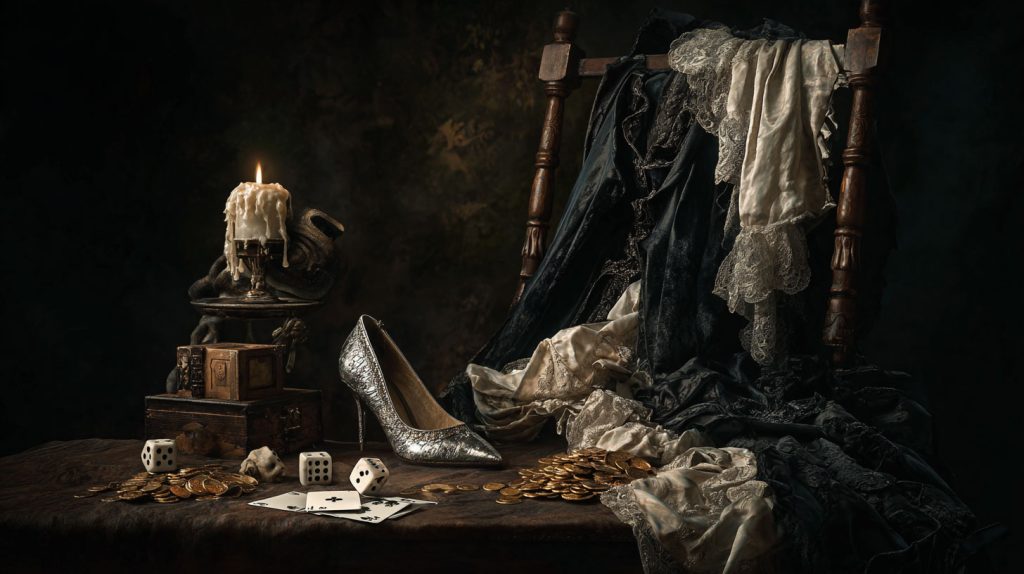
Behind his polished exterior, Brodie was living beyond his means. He was addicted to gambling, frequenting gaming houses across the city. He also maintained two mistresses — one in Edinburgh and one across town — and fathered at least five children. Supporting this double domestic life required far more than the income of even a successful tradesman.
Brodie’s solution was as audacious as it was criminal. By day, he installed locks and security devices in the wealthiest homes. By night, he used wax impressions of the keys to create duplicates. With these, he could walk undetected into the very homes he had secured.
Soon he gathered accomplices — George Smith, an English locksmith; Andrew Ainslie, a shoemaker; and John Brown, a thief. Together, they began burgling homes and shops across Edinburgh.
What baffled the city was how these crimes showed no signs of forced entry. For two years, the gang enriched themselves while suspicion never touched the well-dressed Deacon who, ironically, sometimes sat on committees discussing city crime.
The Excise Office Heist
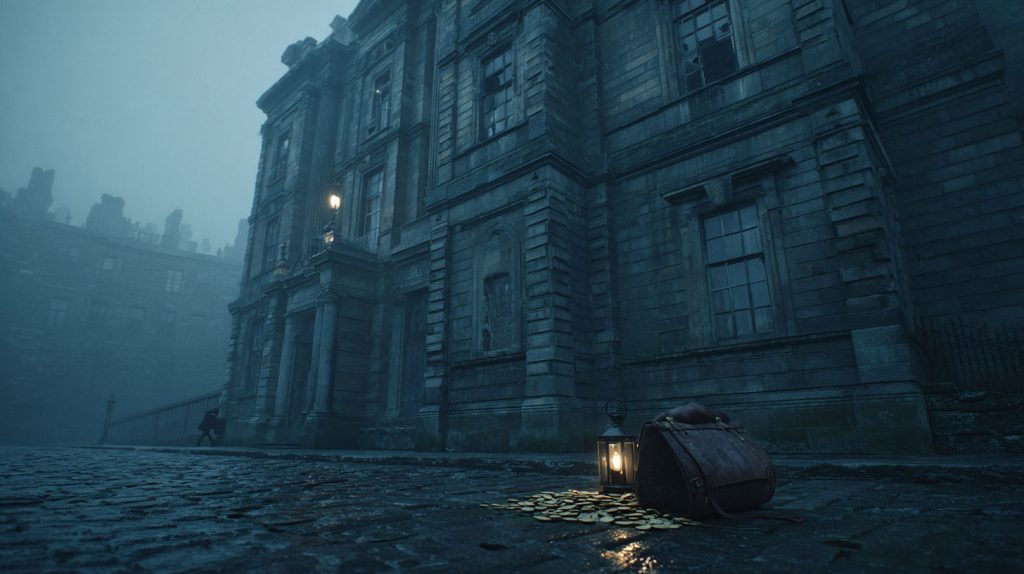
By 1788, Brodie’s greed and desperation reached a peak. He planned an ambitious strike: the Excise Office on Chessel’s Court, which stored Scotland’s collected tax revenues. This was no ordinary burglary — it was a direct attack on the state’s coffers.
On 5 March 1788, the gang attempted the heist. But things went badly wrong. Ainslie, under pressure, turned informant. George Smith was arrested soon after, and the plan unravelled.
Brodie fled Edinburgh, first to London, then to the Netherlands. His flight was not the escape of a broken man but of someone still clinging to high living. He was eventually caught in Amsterdam, reportedly while mingling at a gambling den, and extradited back to Scotland.
Trial and Downfall
The trial of Deacon Brodie in August 1788 was one of the most sensational of its age. Edinburgh’s citizens flocked to witness the fall of a man they had once trusted with their homes, finances, and civic life.
Evidence against him was overwhelming. Wax impressions of keys, duplicate lock mechanisms, and testimony from his accomplices painted the picture of a respected gentleman who had been robbing the very people who admired him.
The verdict was clear: guilty.
On 1 October 1788, Brodie was executed at the Tolbooth gallows in front of a vast crowd. Eyewitnesses claimed 40,000 people gathered to see the double life of Edinburgh’s most infamous son brought to an end. He was hanged alongside George Smith, one of his former accomplices.
The Gallows and The Legends
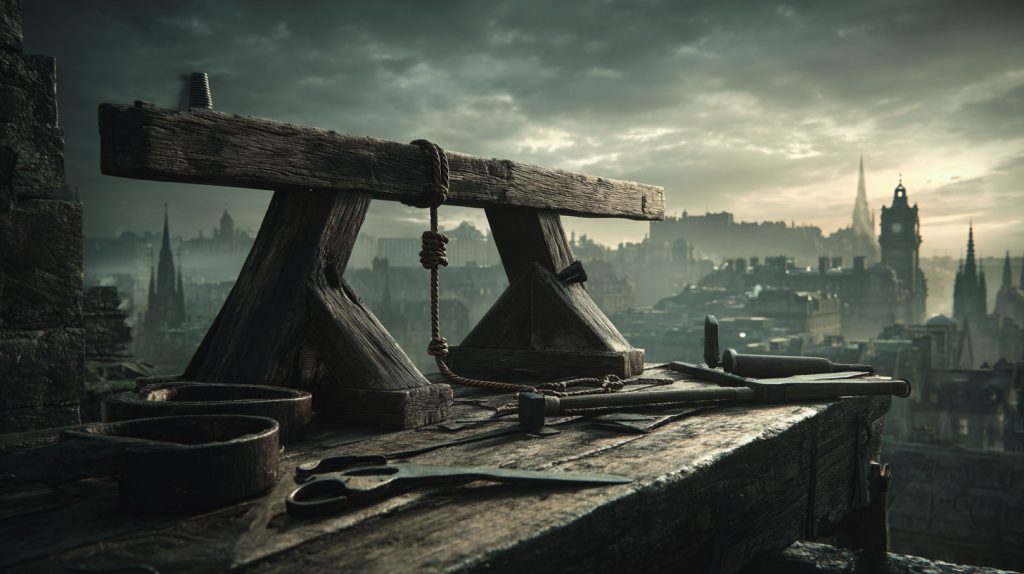
Even Brodie’s death did not escape myth-making. It was said that, as a master craftsman, he had helped design a new gallows, making his own execution a grim irony.
Other legends grew — that he wore a steel collar to cheat the noose, or that friends planned to revive him after the hanging using medical techniques of the time. Historians largely dismiss these tales as folklore, but their survival shows just how deeply Brodie’s story gripped the imagination.
From Brodie to Jekyll and Hyde
Brodie’s story didn’t die on the gallows. Nearly a century later, Robert Louis Stevenson — himself an Edinburgh native — was fascinated by the tale. Stevenson’s father owned a cabinet crafted by Brodie, and young Robert grew up hearing about the Deacon’s double life.
When he wrote his 1886 novella Strange Case of Dr Jekyll and Mr Hyde, Stevenson drew directly on Brodie’s legend: a man divided, respectable by day, monstrous by night. Unlike Jekyll, Brodie had no potion to blame. His transformation was purely human, and perhaps that’s what makes his story so compelling — and so disturbing.
Walking in Brodie’s Footsteps Today
For modern visitors, the echoes of Brodie’s life are still tangible in Edinburgh’s Old Town. Brodie’s Close, a narrow alley off the Royal Mile, was once home to his family workshop. Today, Deacon Brodie’s Tavern stands nearby, a lively pub that pays tribute to his infamous life. Its carved sign depicts Brodie in split form: half respectable, half sinister — the original Jekyll and Hyde.
To walk these streets is to feel the paradox that defined Brodie and Edinburgh itself. A city of Enlightenment brilliance, intellectual achievement, and civic pride — yet also of vice, crime, and shadowy underworlds. Brodie embodied that tension, and his story endures because it reflects a universal truth: that good and evil are never far apart, but can exist within the same person.
Conclusion
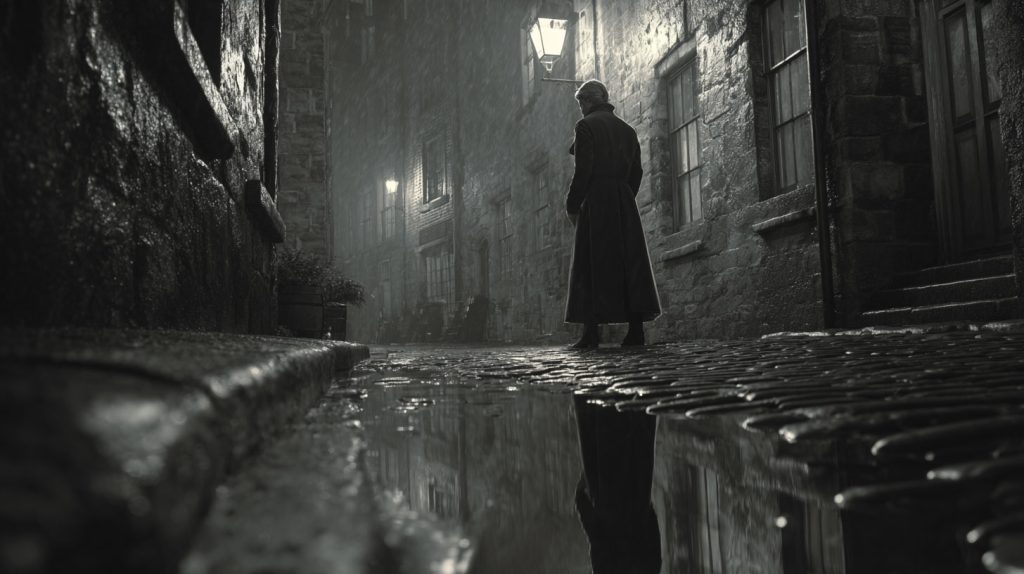
The true story of Deacon Brodie is more than a local legend; it is a window into the very soul of Edinburgh. It is about the fragility of respectability, the pull of temptation, and the darkness that can hide behind a polished facade.
Brodie’s legacy is everywhere: in Stevenson’s immortal Jekyll and Hyde, in the closes and taverns of the Old Town, and in the whispers that still seem to rise from the cobblestones after dark.
To follow his trail is to confront one of history’s most enduring lessons — that the greatest monsters are not born from fiction, but from within ourselves.









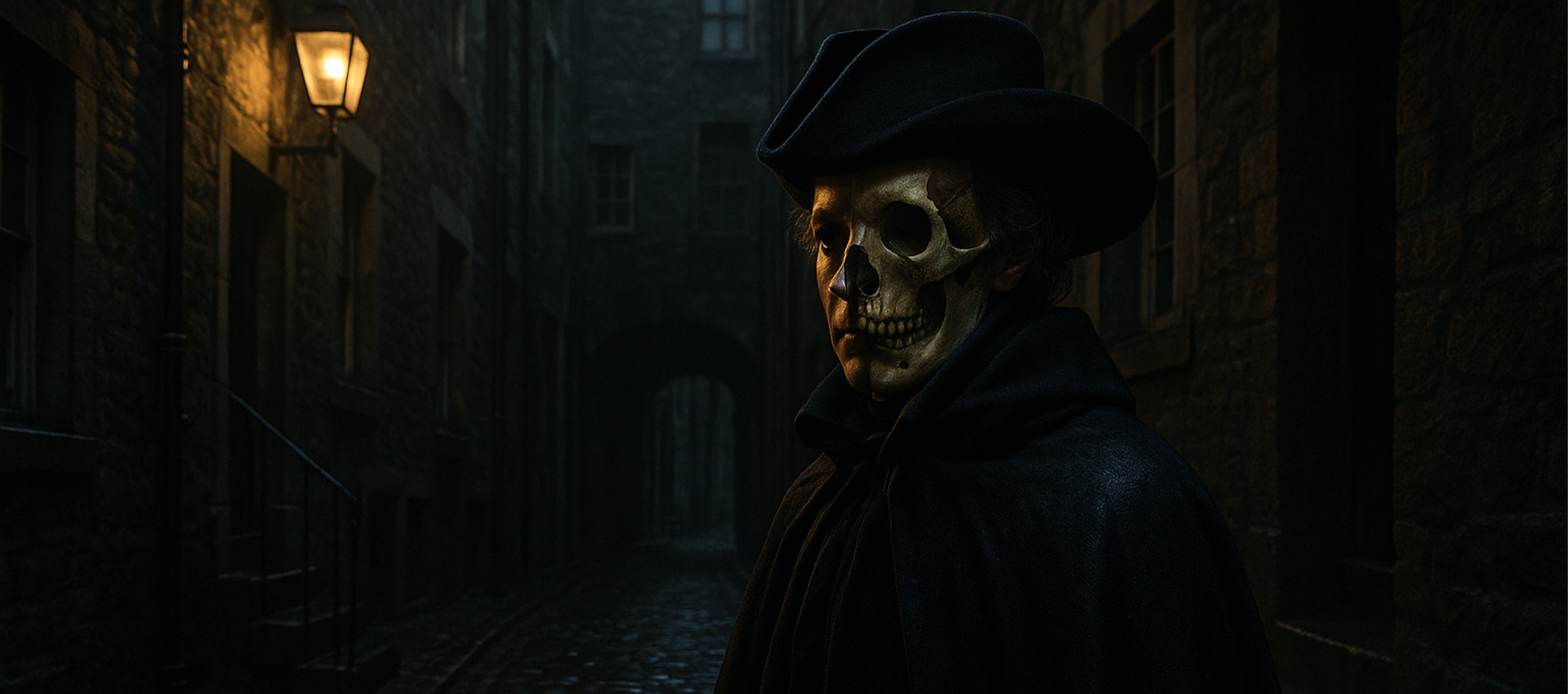


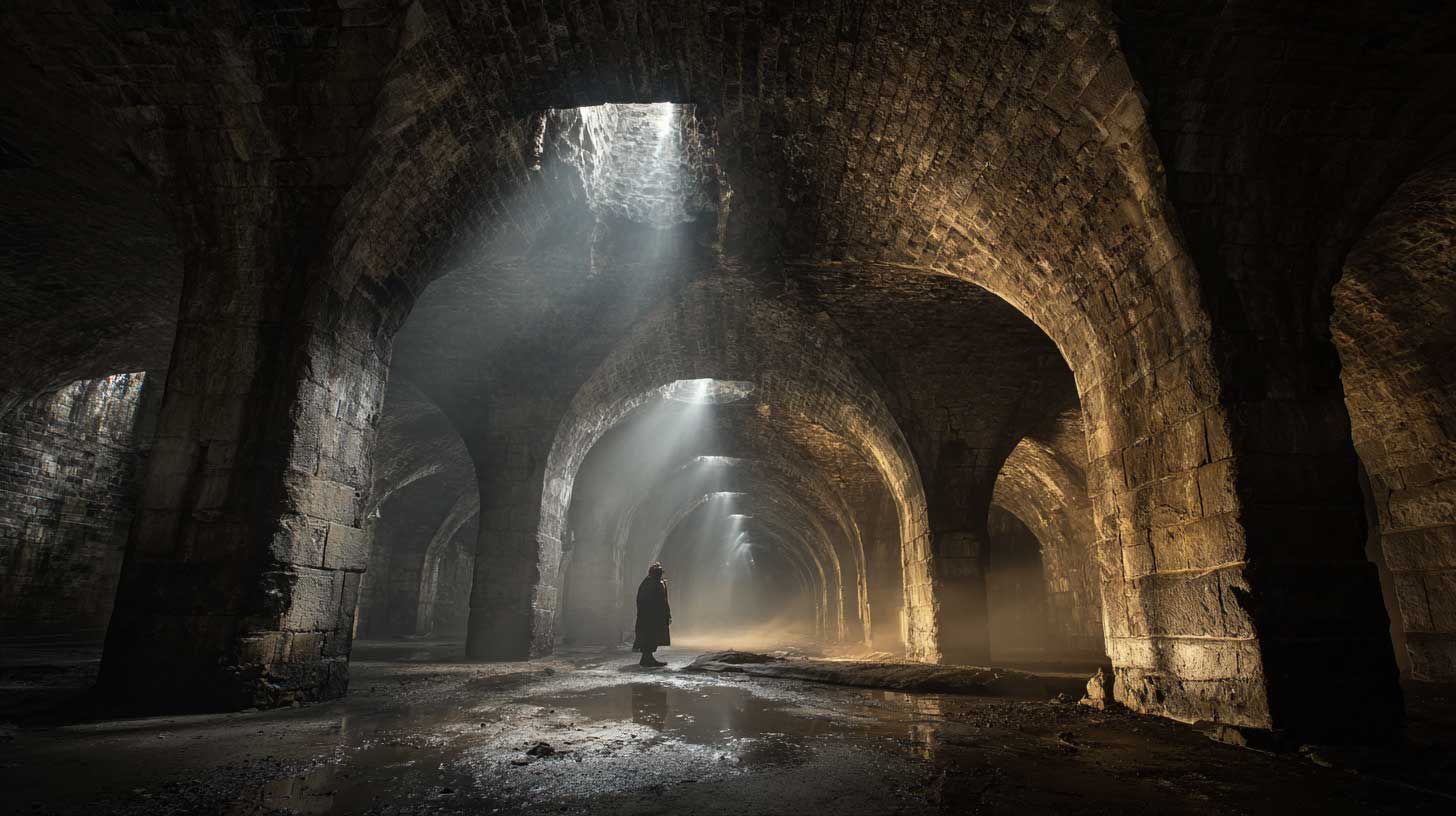

No Comments